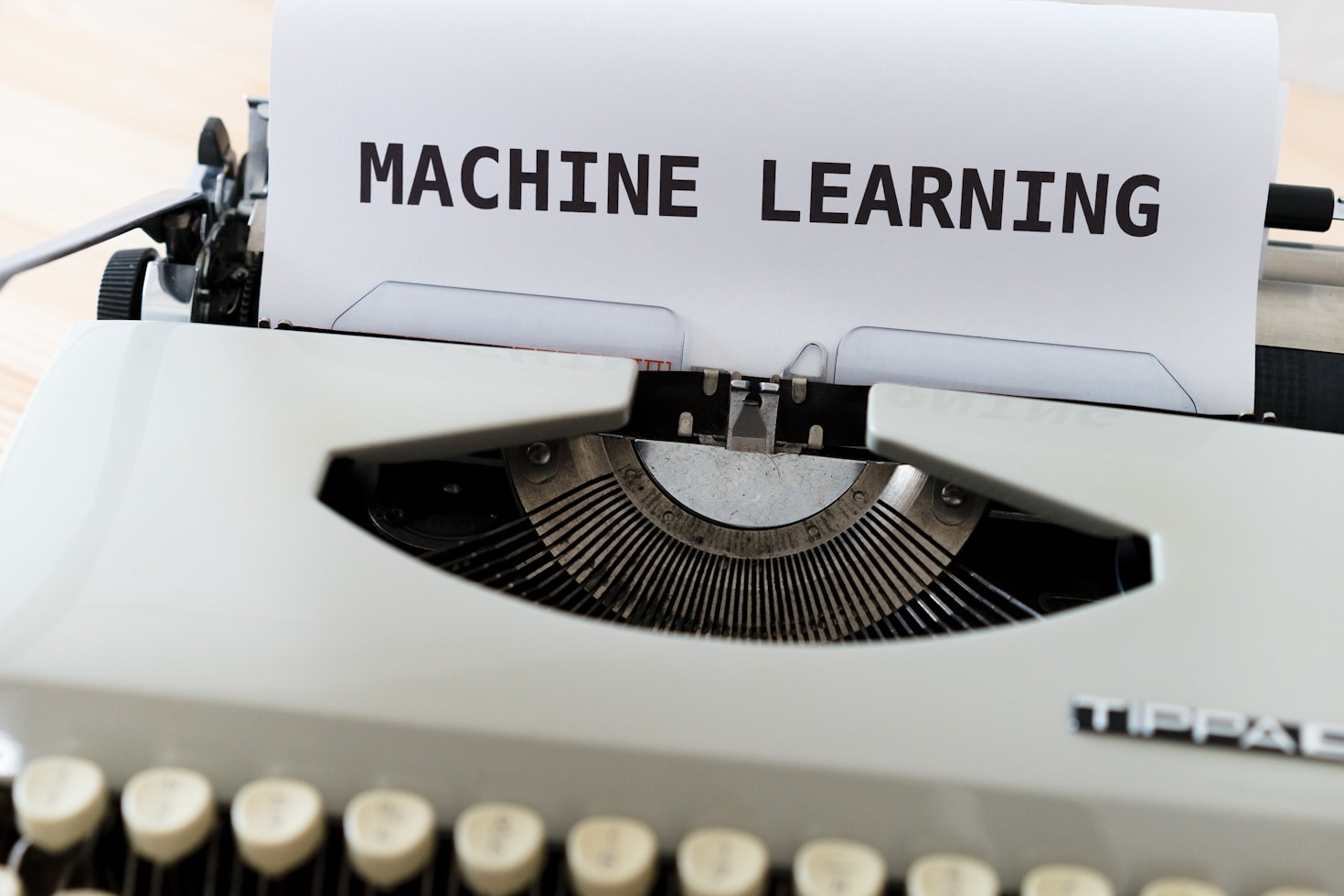There are a lot of different AI-related terms being thrown around these days. For starters, given the media craze with large language models (LLMs) since the launch of ChatGPT, many people use “AI” as though it refers exclusively to these chatbots. And that’s just the beginning.
Let’s break it down and make it understandable.
AI vs. Machine Learning vs. Generative AI
Artificial Intelligence (AI) encompasses any computer system that performs tasks requiring human intelligence. Your email spam filter qualifies as AI. So does Netflix’s recommendation engine.
Machine Learning (ML) represents a subset of AI that improves through experience. Feed it sales data, and it learns to predict next quarter’s revenue. Show it customer service tickets, and it learns to route them to the right department. The system finds patterns you didn’t explicitly program.
Generative AI is another subset that is, well, generative in nature. It creates new content. ChatGPT writes text. DALL-E creates images. GitHub Copilot writes code. These systems learned from existing content, then generate original output based on that learning.
AI serves as the broad category. Machine learning predicts and classifies. Generative AI creates. Large language models are a subset of generative AI.
Where LLMs Excel and Where They Fail
LLMs excel at language tasks. They draft emails, summarize documents, answer questions, translate languages, and generate content.
LLMs lack native mathematical optimization capabilities and lose accuracy through extended numerical calculations. Ask an LLM to find optimal supply chain routes across 50 warehouses with complex constraints, and it will generate plausible-sounding nonsense. Request compound interest calculations across multiple variables and time periods, and errors accumulate. Demand real-time analysis of thousands of streaming sensor readings, and performance degrades rapidly.
The problem compounds when businesses need explainable decisions. An LLM cannot trace its reasoning through specific legal precedents when identifying problematic contract clauses. It cannot explain which factors drove a high-risk customer assessment. For regulated industries, this black-box nature creates compliance nightmares.
Beyond LLMs: Expanding AI Capabilities
Smart companies combine LLMs with other types of AI and machine learning in an ensemble format. For example, a customer service system pairs an LLM for conversation with machine learning models for intent classification and sentiment analysis. The LLM generates responses while purpose-built models handle routing and escalation decisions.
Computer vision processes visual data that LLMs cannot interpret. Manufacturing lines use cameras and specialized models to detect defects. Retail stores analyze foot traffic patterns. Medical facilities examine X-rays and MRIs. These capabilities require dedicated neural networks trained on image data, not text.
Time-series forecasting predicts future values from historical patterns. Inventory management systems forecast demand using years of sales data, seasonal patterns, and economic indicators. Energy companies predict power consumption. Financial firms model market movements. Specialized machine learning algorithms handle these structured prediction tasks more reliably than LLMs.
Optimization algorithms solve complex resource allocation problems. Logistics companies minimize delivery times across thousands of routes. Airlines maximize revenue through dynamic pricing. Hospitals optimize staff scheduling. These problems require mathematical optimization techniques, not language processing.
Building Comprehensive AI Capabilities
Organizations benefit from ensemble approaches that combine multiple AI technologies. Talbot West has developed Cognitive Hive AI, an ensemble framework for orchestrating diverse AI capabilities in a modular way.
The winners in AI adoption recognize that LLMs represent one tool among many. They build capabilities strategically, deploying LLMs where language processing adds value while leveraging specialized AI for numerical analysis, visual processing, and complex optimization. This balanced approach delivers results that no single technology could achieve alone.
What Each Type Does in Business
Traditional machine learning excels at specific, narrow tasks. Credit scoring analyzes loan applications while fraud detection flags suspicious transactions. Demand forecasting predicts inventory needs as customer churn prediction identifies at-risk accounts. Price optimization calculates ideal pricing based on market conditions and historical data.
A bank’s fraud detection system processes millions of transactions daily, learning normal patterns for each customer. When you buy coffee every morning at the same shop, the system learns this pattern. When someone tries using your card in another country, it flags the anomaly.
Deep learning recognizes complex patterns. Computer vision inspects products for defects while speech recognition transcribes call center conversations. Medical imaging identifies tumors in X-rays as document processing extracts data from invoices. Facial recognition manages building security by matching faces to authorized personnel databases.
An automotive manufacturer uses computer vision to inspect paint quality. Cameras photograph each vehicle. Deep learning models trained on thousands of defect examples spot problems human inspectors miss, including scratches invisible to the naked eye, slight color variations, and microscopic bubbles.
Generative AI produces content and assists knowledge work. Companies use it to draft emails, reports, and presentations. Marketing teams generate copy and social media posts. Technical writers create product descriptions and documentation. Developers produce code and technical specifications. Customer service departments answer questions conversationally.
The Key Distinction for Business Leaders
Different AI types solve different problems. Machine learning works when you have historical data and want predictions. Generative AI works when you need content creation or human-like interaction. Computer vision works when you need to analyze images or video.
Most companies need combinations. A customer service system might use NLP to understand the customer’s question, machine learning to route to the right department, generative AI to draft the response, and sentiment analysis to gauge customer satisfaction.
What This Means for Your Organization
AI represents a collection of tools, each suited for specific tasks. Start by identifying repetitive tasks with clear patterns. Document processing, customer inquiry routing, and demand forecasting make typical starting points. Match the problem to the appropriate AI type. Build capability gradually rather than attempting wholesale transformation.
The companies gaining advantage understand which type of AI solves which business problem, then deploy accordingly. Technical sophistication matters less than strategic application.
This article draws on frameworks developed by Talbot West for enterprise AI adoption. For deeper exploration of implementation strategies, visit https://talbotwest.com.
